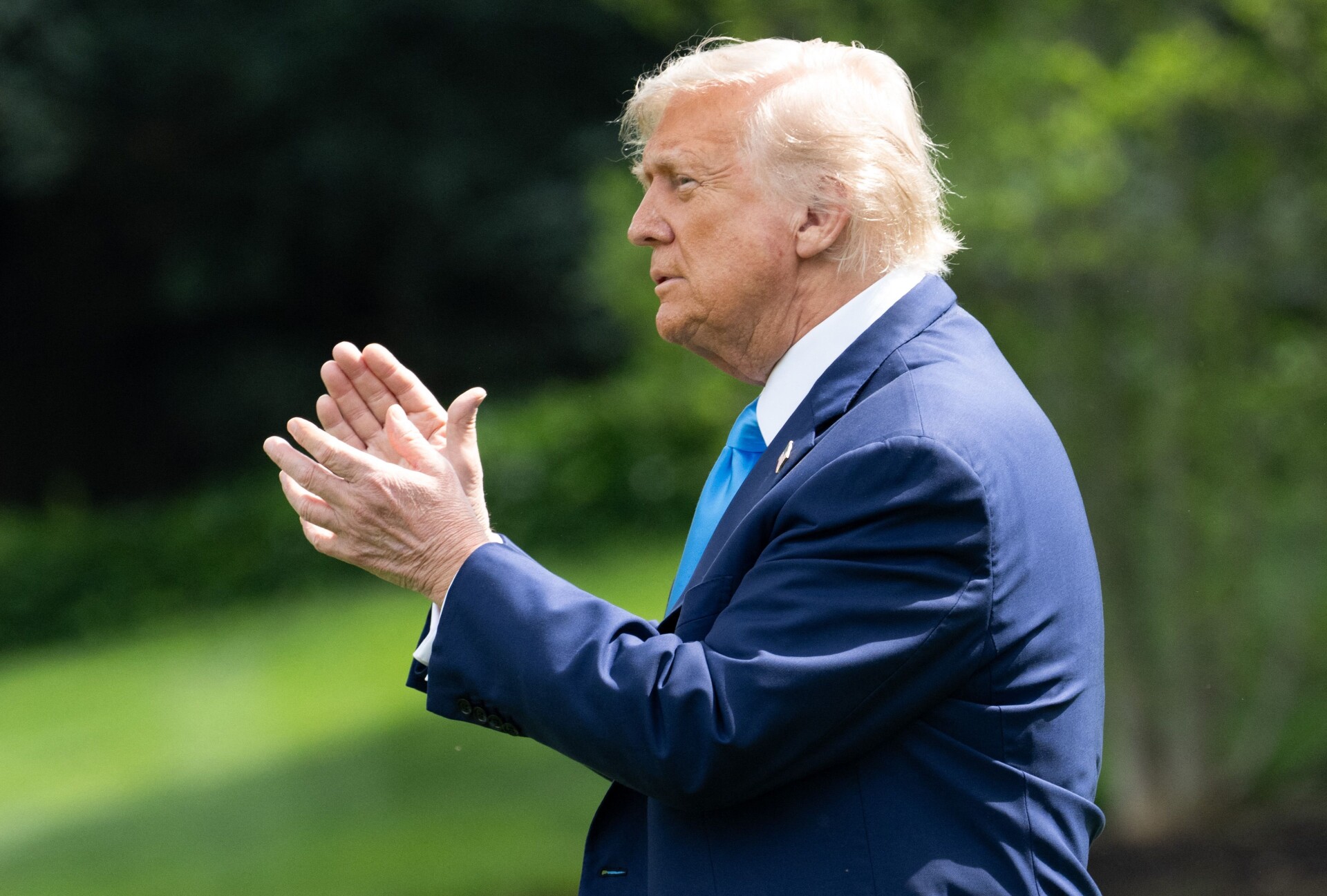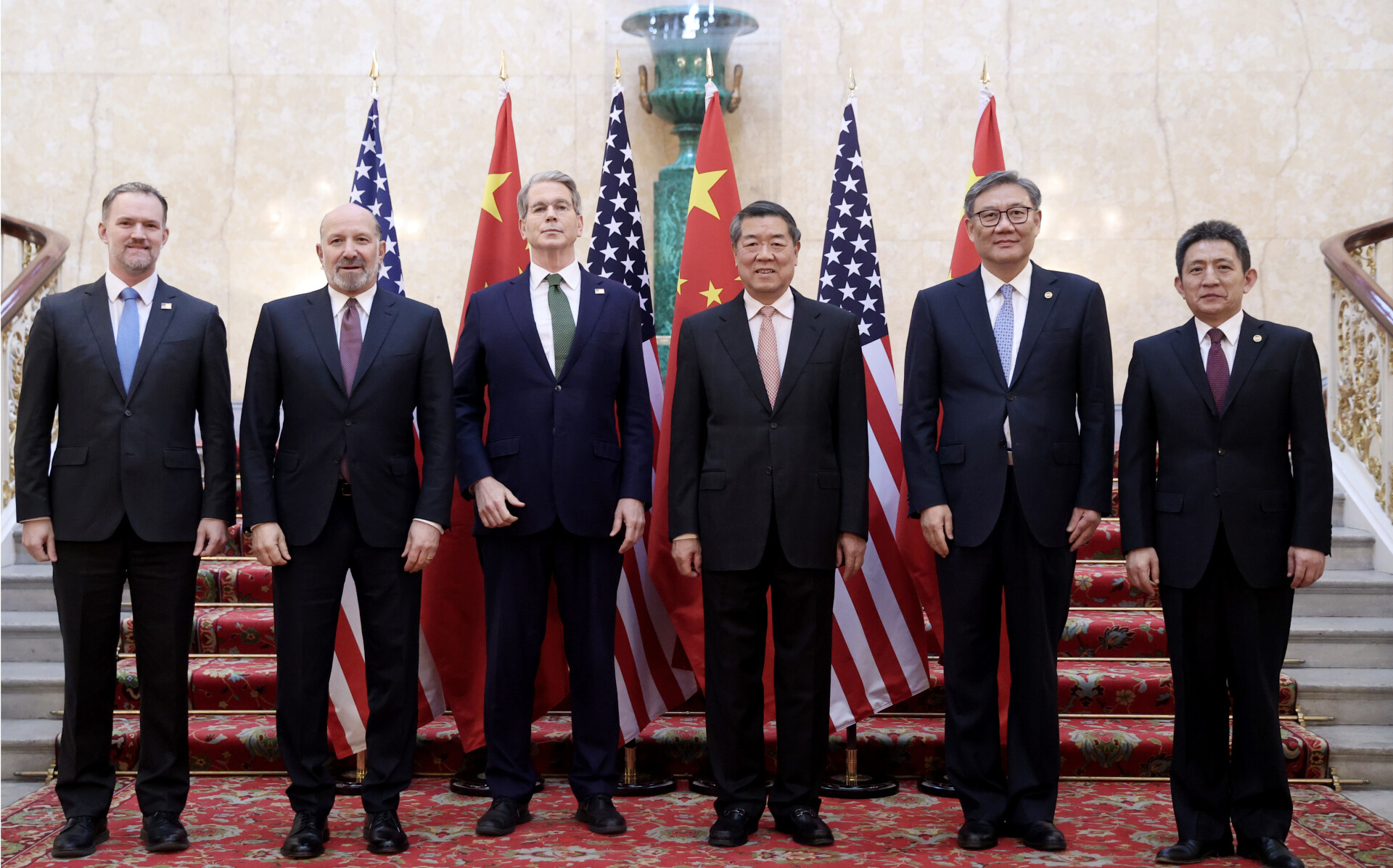President Trump took to Truth Social with typical bravado after the latest U.S.–China trade talks in London: "OUR DEAL WITH CHINA IS DONE… THANK YOU FOR YOUR ATTENTION TO THIS MATTER!" If that sounded like a curtain call, it was only fitting for a presidency that prefers applause lines to substantive policy.

But while Trump may have declared "deal done," Beijing, characteristically cautious, said nothing of the sort. The official Chinese readout described the outcome as a "framework consensus in principle" and called for continued institutional dialogue. Not exactly the language of finality.

This divergence in tone isn't new—but it is telling. Beijing framed the London round as a procedural beginning, a way to stabilize a dangerously shaky relationship. Washington, on the other hand, offered no official statement beyond Trump's Truth Social feed, suggesting—once again—that it sees engagement with China not as a process, but as a publicity stunt.
Beijing emphasized next steps. Trump offered a closing act.
In many ways, this messaging mismatch reflects a broader asymmetry in strategic intent. Chinese officials, while never exuberant, have made clear that institutionalized channels serve a practical function: they keep disagreements from spiraling. "The progress achieved in London is meaningful," Vice Minister Li Chenggang said, "only if it helps rebuild trust."
Washington, on the other hand, seems satisfied with a headline and a hashtag.
This is especially problematic because the London talks were not a casual diplomatic courtesy—they were billed as the first real attempt since the Geneva truce to re-anchor a bilateral trade relationship that has been in steady decline. After years of tariffs, tech bans, and fractured supply chains, any engagement at this level should be treated with more than just a press-friendly tweet.
Ever since his phone call with Chinese President Xi Jinping earlier this month, the tone from President Trump has been triumphalist. The"official" summary—unofficially posted on social media—claimed that all major issues had been addressed and that there would "no longer be any questions." That spirit carried into the London talks, which Trump described as concluded, resolved, and presumably archived.
The only problem? It's not clear what's actually in this "deal."
CBS News was quick to point out that the agreement is thin on details.The New York Times echoed the same concern: vague statements, no enforcement framework, and no transparency on timelines. For all the pomp, it's not even clear this qualifies as a deal at all.
On tariffs, the arrangement reportedly rolls back measures to pre-April 2 levels—a nod to the Geneva talks—but key elements remain untouched. The fentanyl-related tariffs and the Section 301 tariffs that President Trump proudly imposed in 2019 during his trade war with China are still in place. Trump, unsurprisingly, is not in the mood to bury his trade war legacy. Worse, Commerce Secretary Howard Lutnick has confirmed that the U.S. will maintain a "fixed" 55% tariff on key Chinese exports.
So much for rollback.
This is hardly the kind of compromise that moves markets—or minds. In fact, the current arrangement arguably resets the bilateral agenda back to the same unresolved topics from five years ago. The U.S. side continues to lean on the same policy tools, even as the global trading environment shifts rapidly.
Rare earths—the centerpiece of President Trump's "victory lap"—were also more illusion than resolution. The president claimed that fears of a supply shortage had been "taken care of." But it was later reported that China had only agreed to a six-month export window. Materials with military applications remain restricted. In other words: for American businesses and the White House, the crisis may be paused, but it's far from solved.
Then there's President Trump's promise of expanded U.S. exports to China. As he claimed in another Truth Social post, the Chinese market would soon open its doors wide to American products. The only problem? No one else—not USTR, not the State Department, not even Lutnick—has backed up that claim. The details, it seems, exist only in President Trump's mind.
Meanwhile, the U.S. is already hedging. Although China granted a six-month window on rare earths, Washington now faces an August 10 deadline to decide whether to reimpose suspended tariffs. Within just a week since the London talk, American officials are already looking to extend the pause—suggesting they don't believe meaningful progress will come before then. If both sides are already bracing for disappointment, the question isn't whether the truce will hold. It's how long the illusion of a "deal done" can last.
That's why it's dangerous for Washington to treat London as the finish line. The structural rifts between the U.S. and China—export controls, industrial policy, and tech rivalry—haven't gone anywhere. If anything, they're intensifying. Pretending otherwise only turns diplomacy into performance art.
As summer deadlines approach and policy details remain fuzzy, the best outcome may be that the London framework survives long enough to mature into something meaningful. But make no mistake: the applause is premature. The curtain has not dropped. The real work hasn't even started.
Author information: Alan Zhang is a research associate and manager of the trade and technology program at the Institute for China America Studies
*The article does not represent the views of the organization.
















